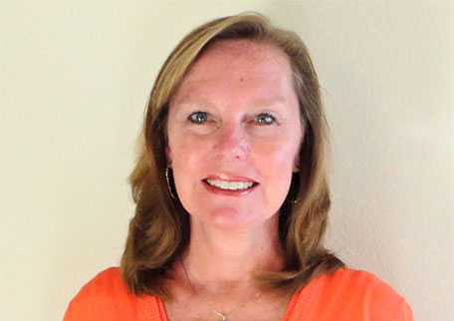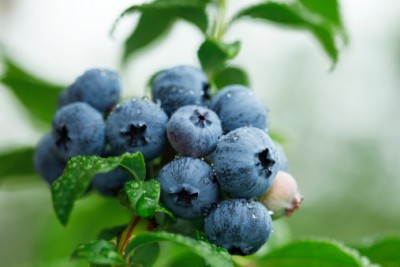 Sonia Tighe is the director of membership for FFVA and manages FFVA’s Florida Specialty Crop Foundation. Tighe partners with UF/IFAS and USDA on research grants and administers a scholarship program for children of migrant workers. Prior to joining FFVA, Tighe worked for Vance Publishing for 25 years for industry publications The Packer, Citrus & Vegetable Magazine, and The Grower. She is chair of the Florida Ag Expo Committee and is a member of the USDA Liaison Committee, the Florida chapter of National Agri-Marketing Association, the RCMA Christmas Card Steering Committee and the Wedgworth Leadership Institute Advisory Council.
Sonia Tighe is the director of membership for FFVA and manages FFVA’s Florida Specialty Crop Foundation. Tighe partners with UF/IFAS and USDA on research grants and administers a scholarship program for children of migrant workers. Prior to joining FFVA, Tighe worked for Vance Publishing for 25 years for industry publications The Packer, Citrus & Vegetable Magazine, and The Grower. She is chair of the Florida Ag Expo Committee and is a member of the USDA Liaison Committee, the Florida chapter of National Agri-Marketing Association, the RCMA Christmas Card Steering Committee and the Wedgworth Leadership Institute Advisory Council.
By Sonia Tighe
Director of Membership, Florida Fruit and Vegetable Association
The PIE Center recently conducted research to determine consumers’ perceptions and barriers to purchasing Florida blueberries. This was funded by a Specialty Crop Block Grant, in collaboration with the Florida Specialty Crop Foundation. The project was developed to increase the marketability of Florida blueberries and to ultimately develop a marketing plan based on the feedback from the research.
 Florida blueberries brought in more than $69 million in 2013, and Florida ranks seventh in production in the U.S. What makes this crop unique is the extremely limited harvest window from March through May, which means that marketing of the crop while it is in season is critical. Based on the consumer survey results, there is a great opportunity to educate consumers on the availability of Florida blueberries while they are in peak season.
Florida blueberries brought in more than $69 million in 2013, and Florida ranks seventh in production in the U.S. What makes this crop unique is the extremely limited harvest window from March through May, which means that marketing of the crop while it is in season is critical. Based on the consumer survey results, there is a great opportunity to educate consumers on the availability of Florida blueberries while they are in peak season.
Only 16 percent of consumers indicated they knew when Florida blueberries were in season. The largest percentage of respondents – 56 percent — believed they were available in June. This presents an opportunity to increase awareness so that consumers are purchasing the berries when they are the freshest. Marketers can also point out the benefits of purchasing a locally-grown product, with a short transportation period to get them into stores and retail outlets. This also allows blueberry marketers to capitalize on the still-popular local food movement.
It is very encouraging that consumers identified Florida and California as their top choices of states from where they would purchase blueberries. So in addition to increasing awareness of the Florida season, there is an opportunity to capitalize on the preference of fruit from Florida by using promotional materials or a tie-in with Fresh From Florida to make sure they can clearly identify a Florida product. Many of the growers already take advantage of the Fresh From Florida stickers to identify their product.
There was a contrast in opinions when consumers were asked why they did not buy blueberries or why they did not buy more. Of the buyers of blueberries, the top two reasons for not purchasing more was availability and price. Of the non-buyers, the two top reasons were a preference for other fruits and price. The availability issue can clearly be addressed by promoting the primary season for Florida blueberries and making sure they are aware when they crop is coming in.
It was interesting to note that in terms of package size, the respondents preferred the pint container (by 52 percent), followed by the two-pound container (24 percent), and then the six-ounce size (16 percent). The preference for the larger size is encouraging and can provide some consideration for the packinghouses.
The next phase of the research project will be the development of a marketing plan. The positive opinions of blueberries overall were remarkable and consumer recognized blueberries’ nutritional value and Florida as a producing state. The glaring deficit of their knowledge of when Florida blueberries are available and in peak season presents a great opportunity to position Florida blueberries overall to consumers, utilizing not only traditional marketing tools (such as Fresh From Florida promotions) but also newer tools with social media that allow marketers to reach consumers directly.

















Trackbacks/Pingbacks